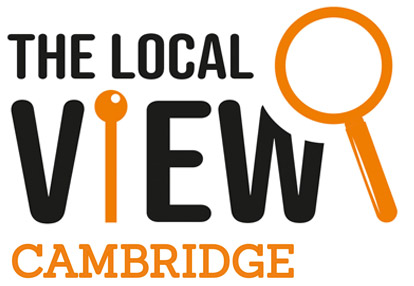Orthodontics produces better results than ever before and for a wider range of smile and bite problems. There is a range of brace options available. But this may be confusing, especially if the details and effectiveness of some techniques aren’t accurately portrayed. So, if you want to straighten your teeth, then which type of brace will achieve your goals and fit your lifestyle? And how can you access this treatment? Here’s a brief overview of some key considerations.
Fixed versus removable brace options
Fixed appliances use metal or tooth-coloured attachments on each tooth, and a connecting wire provides the momentum. They’re very effective at correcting tooth and bite positions, especially for complex 3D movements, but may feel cumbersome and require hygiene effort. Many adults find that there’s less to ‘juggle’ with a fixed brace compared to the self-discipline required for aligner treatment. Indeed, adults can have treatment at virtually any age, as shown in the images here: the results of a fixed brace in a 60-something lady treated recently. Adult fixed brace treatment typically takes an average of one year for best results since they do much more than align the front teeth. Therefore, be wary that advertised ‘6 month’ or ‘fast’ solutions aren’t as revolutionary as claimed!
Orthodontic aligners are transparent plastic braces, worn for 1-2 weeks, to straighten teeth by applying programmed pressure on them. InvisalignTM is the original brand, but there are many newer brands or ways of designing aligner treatment, eg. cutting-edge 3D software to directly customise each individual’s treatment (shown below), rather than relying on a technician and standardised algorithms. In my experience, this also makes aligner treatment more cost-effective. Nevertheless, while aligners are good at treating a range of simple to moderate irregularity problems, independent research shows that there’s always a shortfall between the simulated and actual results, so always ask to see examples of actual cases treated by the dentist involved.
Retention
Every orthodontic treatment is followed by retainers to prevent relapse ie. teeth becoming crooked again. This phase should be an integral and long-term consideration, not a brief after-thought. Quite simply, why pay for treatment for it to unravel afterwards? The quicker the treatment then the greater the relapse risks since the oral tissues have had insufficient time to adapt. Therefore, the best long-term control typically requires a combination of transparent removable retainers and bonded wires (shown on the incisors’ rear surfaces).

How can I arrange my treatment?
Some dentists offer a ‘free’ aligner consultation. But is this a sales appointment for a specific brand or will you receive impartial advice on all options? Aligner treatments are provided by many general dentists after as little as a one-day commercial course. Some aligner brands then grade dentists as ‘gold’ or ‘platinum’ providers. But this indicates their number of cases started, not the quality of finished results. Orthodontic specialists have recognised post-graduate training in multiple techniques, and should therefore evaluate each individual’s needs and options. To me, informed decision-making is key.
It’s now even possible to order aligners via the internet. But these don’t involve direct professional care, supervised retention and any come-back (if things don’t progress as promised). When investing in your smile, remember that ‘all that glitters is not gold’.
Find out more
Richard Cousley is a consultant orthodontist at the Priestgate Clinic, Peterborough. For further advice please view the orthodontics section on his website www.priestgateclinic.co.uk or ring the team on 01733 865000.








